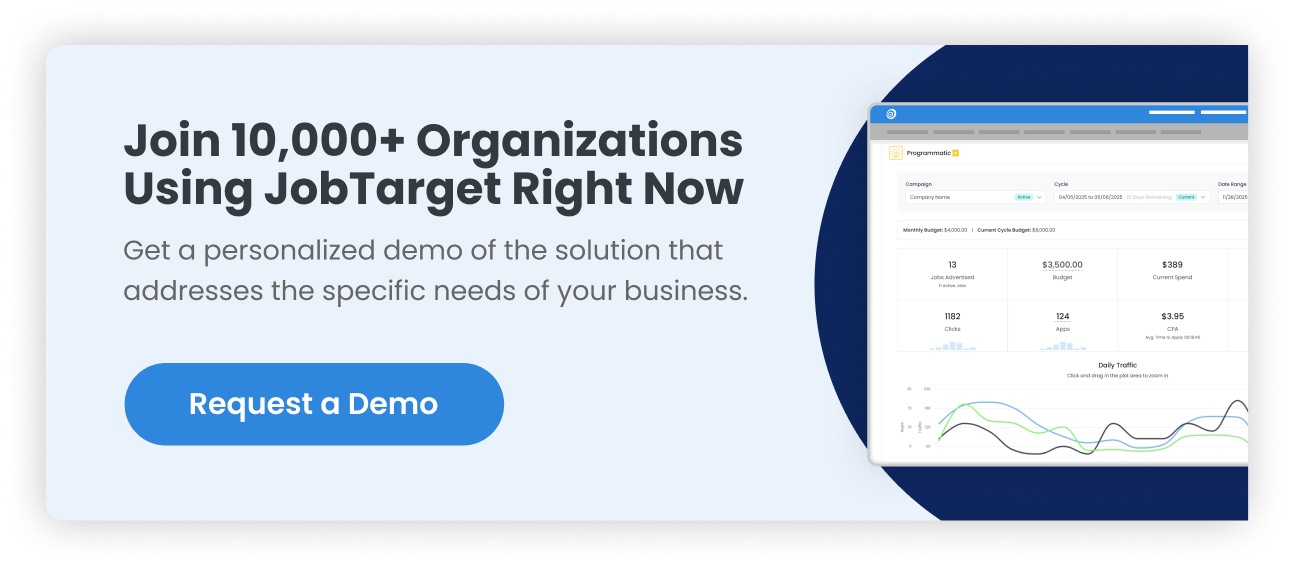As 2021 wraps and the Bureau of Labor Statistics releases its December jobs report, employers are keeping a close eye on what the latest data means. We took a look at several key figures to understand what they mean on their own and how they impact The Great Resignation.
A Sudden Unemployment Drop
December saw the unemployment rate drop to 3.9% and the number of unemployed persons drop to 6.3 million. While it’s great news - unemployment has fallen drastically since the height of the pandemic - it's still higher than pre-COVID (in February 2020, unemployment sat at 3.5%). What surprised Mark Oreta, JobTarget CTO, is the sudden drop. While 3.9% is considered a healthy number for the US economy (there will always be people moving jobs), it’s surprising to see such a change from the recent months. Oreta and others speculate that the drop is being driven by people leaving the workforce, not finding work. The Washington Post reports health concerns, retirement, and childcare concerns as potential reasons a job seeker might stop searching.
Another potential factor? A portion of job seekers exiting the market entirely after a long, discouraging job hunt. This is a symptom of the high rate of long-term unemployment, which in December stood at nearly twice that of February 2020. This group, those unemployed for 27 or more weeks, are known to exit the job market out of discouragement, according to the Federal Reserve Bank of Atlanta.
A Disappointing Increase in Jobs Added
COVID is likely behind the fact that December only saw 199,000 new jobs added. With the highly transmissible Omicron variant spreading rapidly, slower job growth isn’t terribly surprising. Fewer new jobs may bring some balance to the current employee market, though it’s not evident yet that a shift is coming. If the trend does continue, we’ll see fewer job openings, a lower unemployment rate, and a potentially more balanced supply and demand in the job market.
Signals of an End to The Great Resignation?
Nope - it's alive and well, according to Oreta. While a drop in reported unemployment and fewer new jobs added could add up to an impending end to the recent wave of resignations, other data suggests otherwise. The number of “job leavers” - those who voluntarily left a role for, or in search of, another - continues to be high. 724,000 workers left their jobs in December 2021, slightly down from 837,000 a month earlier (and 698,000 in November 2020). This indicates that The Great Resignation is clearly still in full swing. This is likely to continue, particularly considering the number of open roles compared to the number of qualified candidates and the fact that many job seekers are looking for improvements in things like work/life balance, pay, and benefits – even deciding to become their own bosses as some data suggests.
Where Does this Leave Employers?
This latest round of BLS figures give us some great insight into what’s coming next for the job market – particularly in relation to The Great Resignation. As trends continue to favor an employee market, employers looking to fill roles should be vigilant in understanding what employees require to stick around: more diversity, better guidance, and stronger compensation, among others. Stay tuned for continued insights.


.png)





